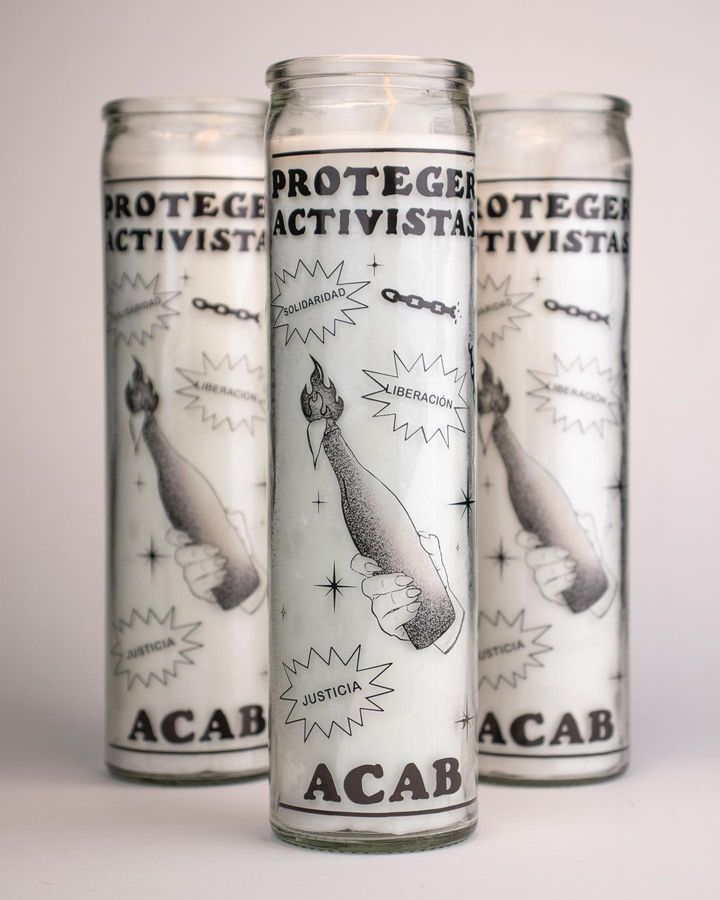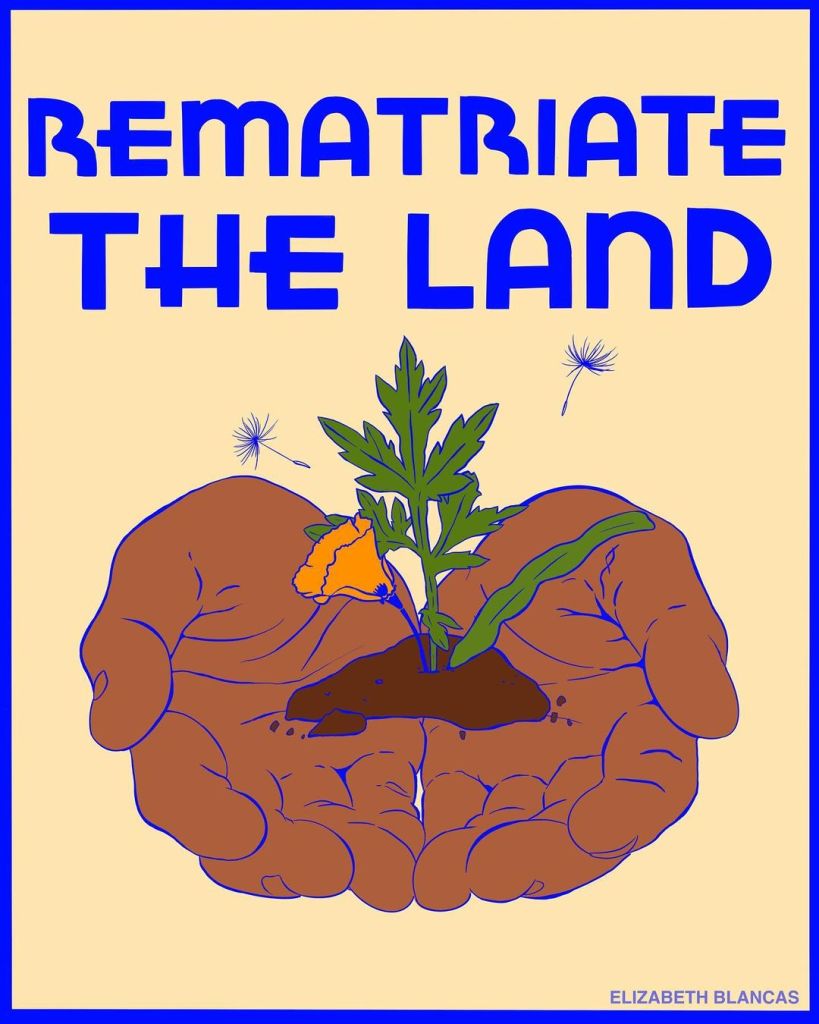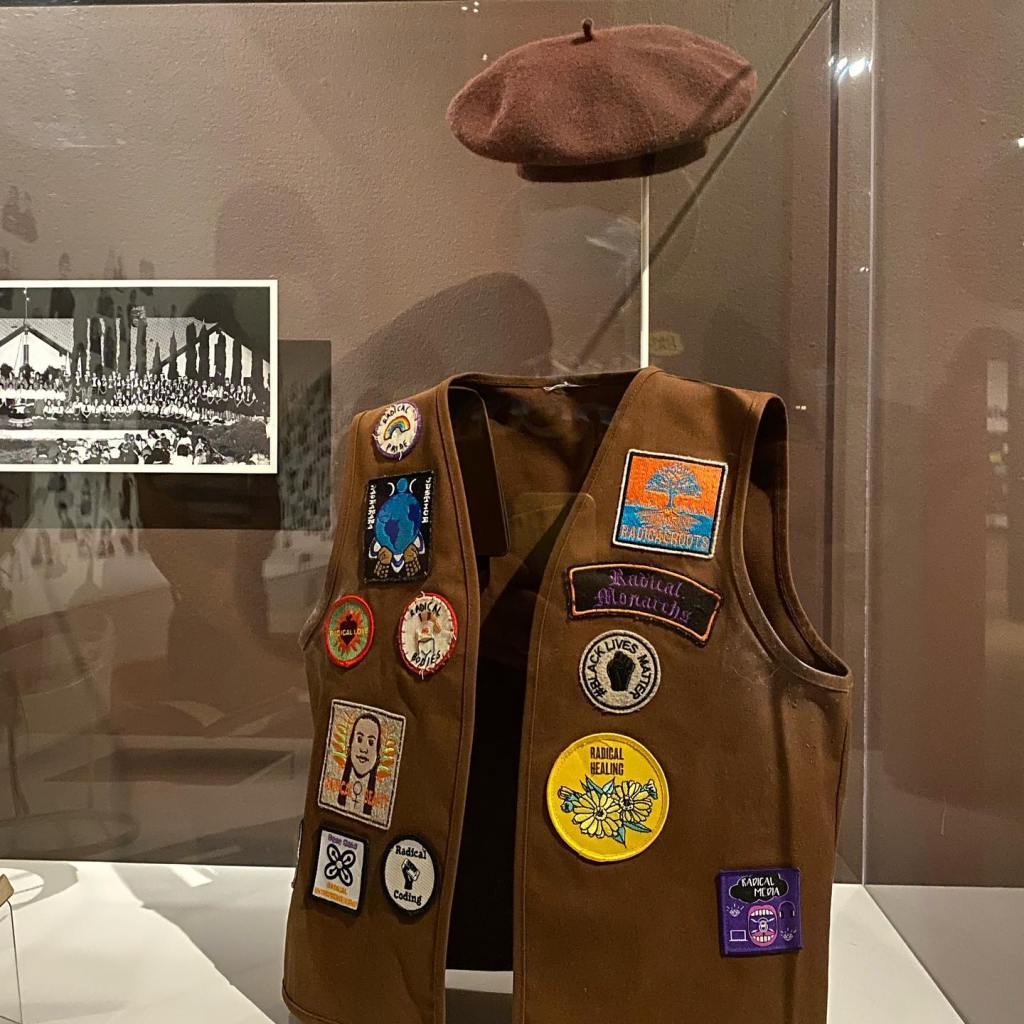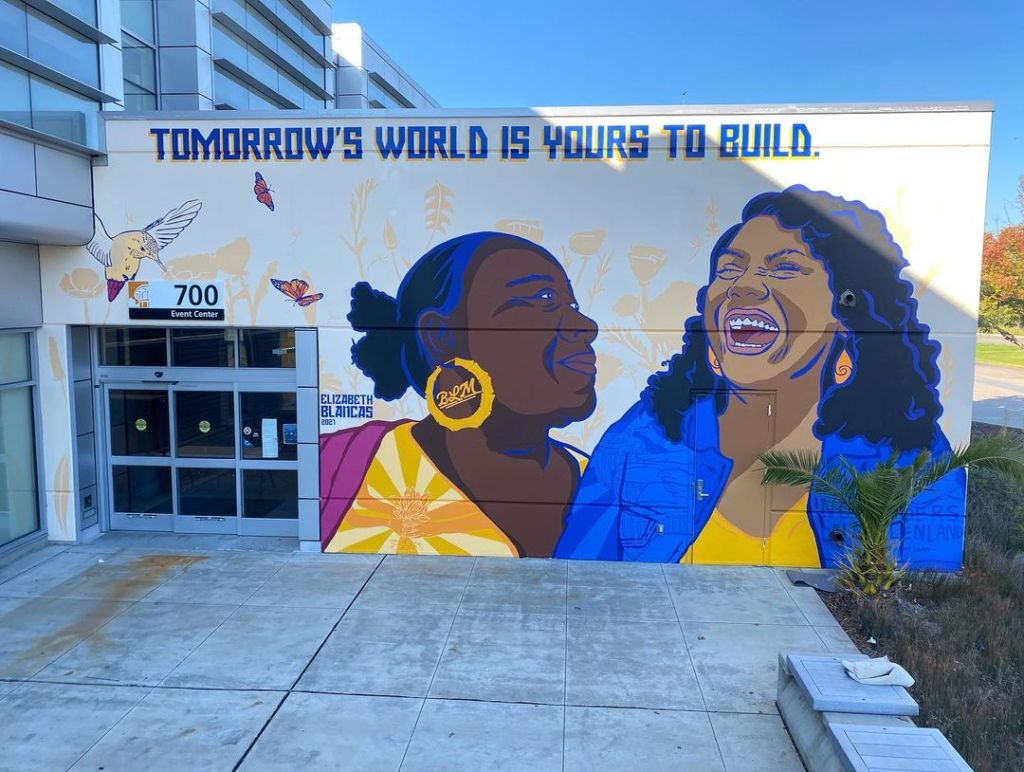As California State University, Monterey Bay kicked off its 26th Annual Social Justice Colloquium, the Otter Cross Cultural Center hosted “Art As Resistance” on March 12 with first-generation queer Xicana artist Elizabeth Blancas who spoke about her story and showcased her art to students and staff.
Blancas, a graduate of University of California, Los Angeles, holds a bachelor’s degree in Chicanx Studies and Art History. Blancas is a self-described community-taught-interdisciplinary artist from the Bay Area whose art reflects themes of womanhood, identity, culture, sexuality and, most importantly, resistance.
She started her presentation by delving into her background before she became the artist she is today. Growing up, she didn’t identify with the title of Xicana and learned about it and its history through online spaces, specifically on Tumblr and Instagram pages.
She described herself as always being a bookworm who became infatuated with Chicana literature in which she found comfort and solace in because of the messaging of the words. Then, she took it upon herself to find all books with the words Chicana in them at her local discount bookstores.
Before she attended community college, right around graduating high school, she participated in a local street art show where she met muralist Jessica Sabogal. Blancas showered Sabogal with her sketchbook, which impressed her so much that she invited her to help work on a mural she was doing.
After Blancas worked with her on the mural, Sabogal offered her an internship later that year during her residency at Galería de la Raza, a non-profit art gallery featuring art from Chicanx and Latinx artists, where she became enamored with the world and culture of Chicanx art and started to produce her own work. When Blancas internship ended with Sabogal in 2015, she was offered an arts administration position for which she worked until 2018.
Blancas showed attendees badges she designed and created for the Radical Monarchs, a social justice group comprised of young girls and gender-expansive youth of color. Members of the Radical Monarchs earn badges based on the social justice curriculum.
One of the four badges made and highlighted by Blancas is titled “Radical Healing,” which members earn by working with local herbalists to create their own medicine. Blancas was incredibly proud of the art she created for them, as it allowed her to learn more about herself.
“I was in a very expansive time in my life and this project was influential because I was going through the turmoil of excavating who I was and it was beautiful to lend my work to a group of young girls who have a community.”
She then shared the first mural she ever did in an art festival, “Unceded Voices: Anti Colonial Street Art Convergence,” in Montreal, Quebec. The mural features indigenous activists Caro Gonzales and Lauren Howland with a quote from Gonzales that reads, “Women & Two Spirits Are The Backbone Of Every Tribe.” Blancas wanted to honor both activists’ involvement in the Dakota Access Pipeline protests and share the importance women, and two-spirit folks hold in indigenous communities.
During the 2020 California wildfires, Blancas was horrified by the orange sky and ash falling outside her window. In response, she decided to create a digital illustration with the phrase “Repatriate The Land” in the center, accompanied by hands holding dirt containing plants local to the Bay Area.
She showed this digital illustration and was inspired to create the art by the Sogorea Te’ Land Trust, an urban indigenous women-led land trust seeking to return indigenous land to indigenous people. Blancas believes that the wildfires California experienced and climate catastrophes occurring worldwide are partly due to the world detouring from indigenous ways in favor of capitalistic and colonial ways.
Blancas then showed veladoras she created titled “Proteger Activistas,” which translates to “Protect Activists.” Veladoras are candles for religious and spiritual practices, often tied to remembering lost family members and people. She created the “Proteger Activistas” veladora to creatively and spiritually express her grief to honor the lives lost for the advancement of social justice and to protect activists on the frontlines of protests.
Blancas then showed a piece that took her four years to create and is described as coming full circle. In 2021, she and her team painted the first public mural at Chabot College, her former college. Blancas worked with the school’s Stay Woke Collective, a group of student activists on the campus that advocate for social justice and change.
The mural features Salimah “Mrs. Mak” Shabazz and Taufa Setefano, two social justice leaders at Chabot College and in the Hayward community. The mural also features a quote from Japanese American Bay Area activist Yuri Kochiyama that reads, “Tomorrow’s world is yours to build.” As an alumni, Blancas was honored to paint a mural of two influential community leaders that reflects the university’s minority population.
“I wanted to bring joy into the campus in such a dark time, so I made sure to create bright and joyful imagery,” said Blancas. “When I first started out, I always thought social justice work had to be dark and serious, but I now see that there’s a lot of power in joy, especially when the world strips a lot of that from us.”
The final art piece Blancas showed was a mural she painted at the San Francisco Museum of Modern Art (SFMOMA) titled “Nuestros Muertos No Se Venden,” which translates to “Our Dead Are Not For Sale.” The mural is part of the “Acción Latina: The ‘80s Matter in the Mission” exhibition at SFMOMA.
The mural features Juan Pablo Gutierrez, an LGBTQ Latino advocate and artist, and Francisco X. Alarcon, a Chicano poet and educator. It represents two significant events of the ‘80s: the lives lost in the United States intervention in Nicaragua and the AIDS epidemic.
Blancas was beyond grateful to get the opportunity to paint the mural as it honored the Mission’s Día de Los Muertos ritual procession, once run by Gutierrez. Even though she was not born in the ‘80s, she still thanks those she refers to as her elders, who continue to share their stories and to the community that archives her people’s history.
She ended her presentation with a quote from voting and women’s rights activist Fannie Lou Hamer, “Nobody’s free until everybody’s free.” Serving as a stark reminder that she will continue to use her art as a form of resistance and defiance while promoting and uplifting her community and culture all at the same time.







The most amazing artist of our day